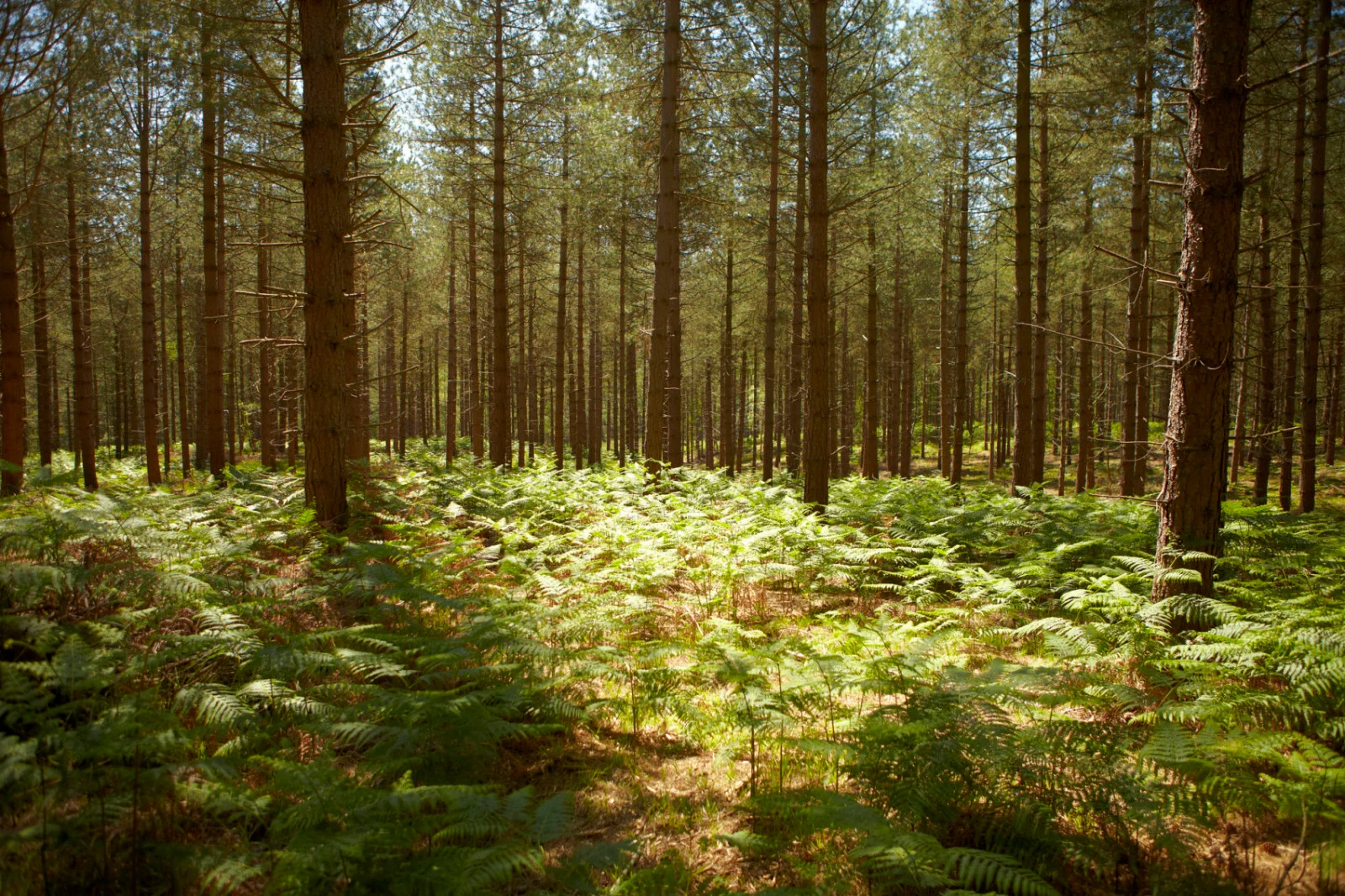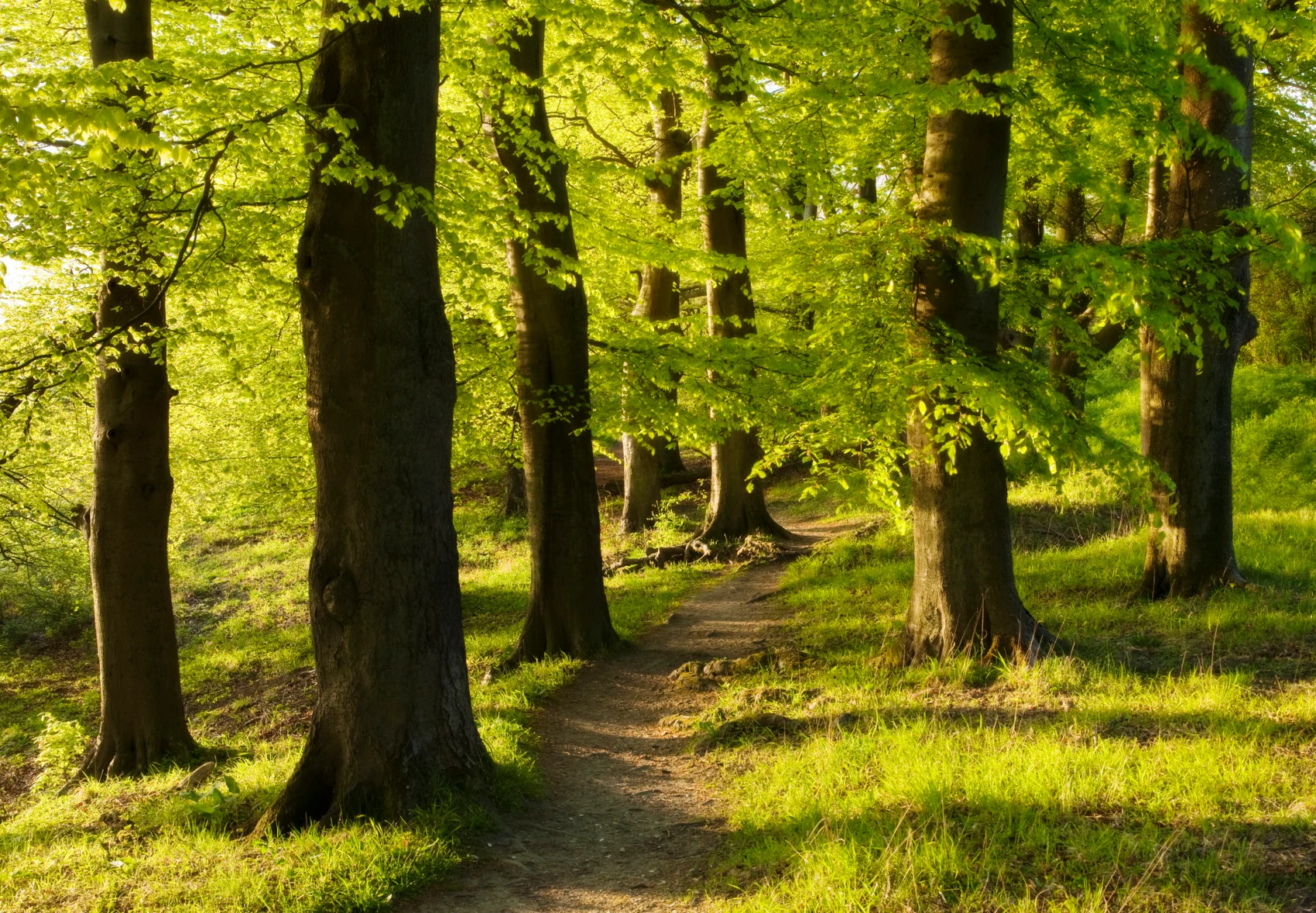
Mysteries revealed in experimental forests give hope to the climate fight
Research shows that forests across the globe have begun to answer key questions about climate change.
An experimental “super forest” is being planted in Oxfordshire, England to learn which tree species are best suited to combating climate change.
Divided into nine sections situated along the Dorn River — a total area of about one square kilometre — the woodlands will be planted with some 270,000 trees, at a cost of about $1 million pounds.
Many of the new trees have been grown into saplings from seeds harvested in the area, including species like oak, sycamore, and hornbeam, as first reported by the BBC. The planting will consist of a mix of hardwoods, shrubs and conifers for maximum carbon absorption.
This focus on species diversity is important and also unique.
“I am not aware of anything similar in Canada. In the provinces, there is normally reforestation after logging, but it is not done with [that] sort of species mix,” John Innes, professor of Forestry at the University of British Columbia, told The Weather Network.
“The goal in Canada is to get a new crop of trees growing as quickly as possible, as this will mean the earliest opportunity to harvest again,” Professor Innes added.
The Oxfordshire project has counterparts in older experimental forests which serve as laboratories for silviculture researchers, with a recent focus on the impacts of climate change.

Forest pathway in early morning light in Ivinghoe, Buckinghamshire, England. (David Clapp/ Stone/ Getty Images)
In Canada, there are half a dozen research centres — including the National Tree Seed Centre, which houses more than 13,000 unique seed collections from 200 tree species — a research station in Valcartier, Quebec, and the Acadia and Petawawa research forests.
The latest project from the Petawawa Research Forest (PRF) investigates how to incorporate climate change adaptation into forest management practices. Similar studies have been carried out at the state of the art Marcell Experimental Forest in Minnesota.
Such deep dives into the mysteries of forests have revealed just how at risk various regions are to climate change and have shown how warmed ecosystems will cease absorbing carbon and begin emitting it.
It is clear that forests are a critical tool in the climate fight. Along with the well-documented work into the role forests play in carbon absorption, new research has found that global forest-cover combines to keep the earth at least 0.5°C cooler, and thus is key in preventing warming related disasters like storms, droughts, and floods.
Yet learning how forests should be used, the central focus of the Oxfordshire study, remains a complicated question.
Analysis from 2020 found that “better land stewardship is needed to achieve the Paris agreement's temperature goal, particularly in the tropics,” where deforestation in virgin forests — from small-scale ranching ventures in the Amazon to industrial palm oil harvesting in Indonesia — continues to reduce carbon absorption capacity.
But a study released last month warned that the pledge to reduce emissions by halting deforestation, agreed to at the COP26 climate conference in October, ignores the day-to-day reality of “hundreds of millions of people in the Global South who rely on the harvesting of trees from natural forests for their income and energy.”
The fight over forests is age old, and in Canada dates back to the earliest days of the 19th century logging boom, when giant white pine were chopped down to serve as British masts even as the Indigenous residents of those forests were relocated to reservations.
It continues into this century with disputes over logging rights, like the battle between activists and the company Pacific BioEnergy, “a leader in the wood pellet industry.”
The company, which was known to produce renewable fuel from waste wood, raised the anger of the grassroots organization Conservation North when it began to target old growth trees for its wood pellet product.
In light of this contentiousness, the Oxfordshire project and others like it, are deeply valuable. Amid the disputes over who has the right to forests and how they should be used, such projects allow researchers to continue to learn from them.
In doing so, we can hope to better protect them even as they protect us.
Professor Innes noted, “With planting, we need to ensure our forests are diverse, as we don’t know what climatic and other shocks they are in for. It’s very much like an investment portfolio — you can put all your money into high-yielding stocks, but you lose everything in a stock market crash. A wise investor has a diverse portfolio, and it is exactly the same when investing in a new woodland.
In praising the Oxfordshire research, Innes also noted its timeliness. “Planting trees will help the mitigation of climate change, but only in the medium to long-term,” he said. “It takes time for trees to absorb carbon, as it takes time for them to grow.”
He added, “Many are concerned that we don’t have this time available to us.”
Thumbnail credit: Kelvin Murray/ Stone/ Getty Images











